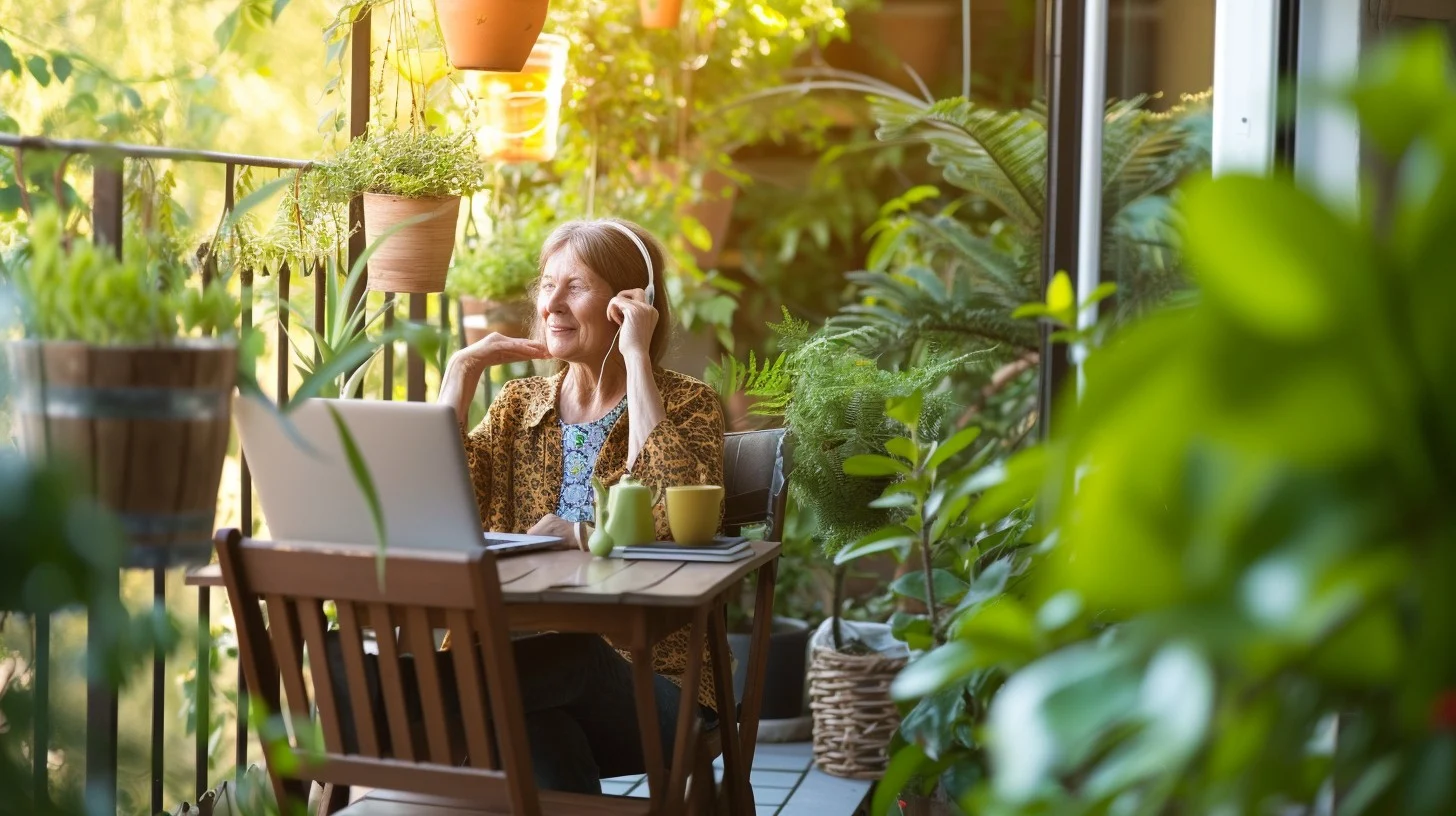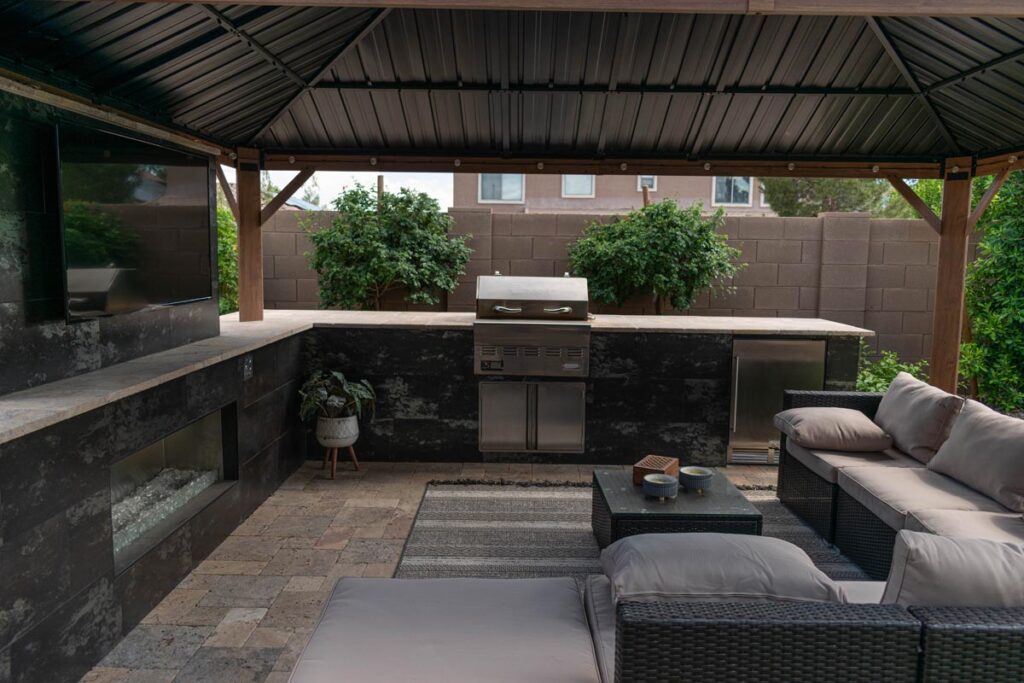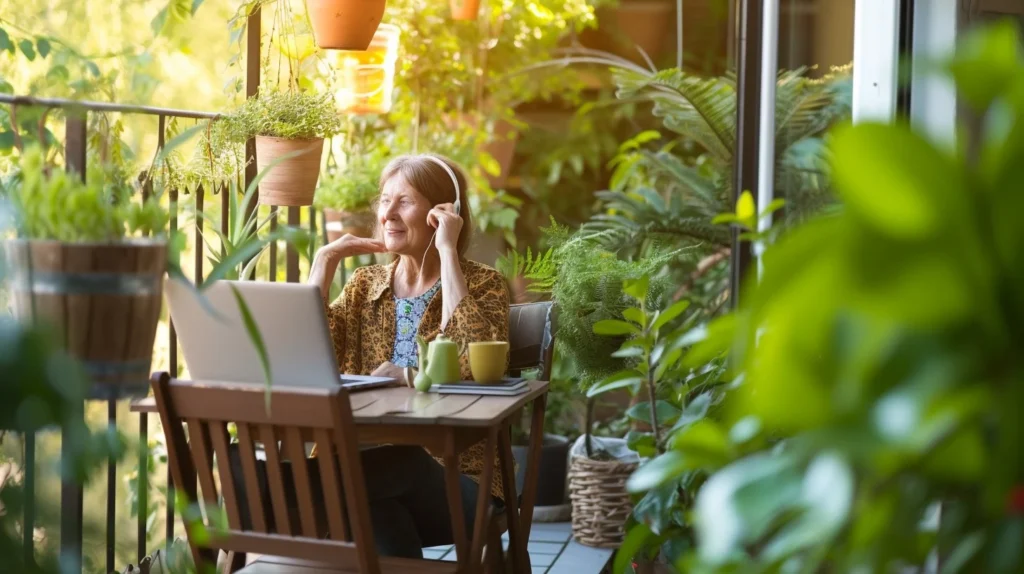Building a sustainable and eco-friendly home is more than a trend—it’s a smarter, kinder way to live. As concerns over climate change rise, many families in tier-one countries are searching for realistic ways to minimize their carbon footprint, save on energy bills, and create a healthier space for loved ones. The good news? Transforming your house doesn’t require a total overhaul or extravagant expenses. In fact, small changes can make a huge difference.
Whether you’re just starting your green journey or looking to take your eco-home to the next level, this comprehensive guide will walk you through actionable strategies. Let’s explore how to cultivate a more sustainable, energy-efficient, and ultimately happier home.
Why Go Green? The Benefits of a Sustainable, Eco-Friendly Home
Before diving into the “how,” it’s helpful to understand the “why.” Embracing sustainable living can:
- Lower your utility bills by conserving energy and water.
- Improve indoor air quality for better health.
- Increase your property value and appeal to future buyers.
- Reduce your carbon footprint and environmental impact.
- Create a peaceful, toxin-free refuge from the outside world.
Implementing eco-friendly practices protects not just the environment, but also your family’s well-being.
Step 1: Assess Your Current Home’s Sustainability
The journey begins by taking stock. Ask yourself:
- Are your appliances energy-efficient?
- Do you waste water or leave lights on unnecessarily?
- Is your home well-insulated?
- Do you use harsh chemicals for cleaning?
- Is recycling part of your routine?
A candid home audit will help prioritize changes that offer the biggest benefits. There are even online tools and local energy companies that can provide a home energy assessment for a more detailed picture.
Step 2: Lower Energy Consumption for a Greener Home
Choose Energy-Efficient Appliances
Outdated appliances guzzle electricity. When it’s time to replace refrigerators, dishwashers, or washing machines, opt for models with high energy ratings. Brands often label these as ENERGY STAR certified. Though the initial cost may be higher, the long-term savings are significant.
Embrace LED Lighting
Switch out old bulbs for LEDs. They use up to 75% less energy and last much longer than incandescent options—a quick win for both the planet and your wallet.
Smart Thermostats and Automation
A smart thermostat can optimize heating and cooling, learning your habits and reducing energy waste. You won’t have to constantly tweak the temperature; the system does it for you.
Insulate and Seal
Drafty windows and doors often result in wasted energy. Adding weather-stripping, sealing cracks, or even upgrading to double-glazed windows can dramatically reduce heating and cooling loss.
Step 3: Conserve Water With Simple Tweaks
Water conservation is another pillar of a sustainable home. Try these solutions:
- Install low-flow faucets and showerheads: They maintain pressure while using notably less water.
- Fix leaks promptly—one dripping tap can waste gallons over time.
- Consider collecting rainwater (where legal) for garden use.
- Opt for native plants in your landscaping, which require less watering.
Daily habits matter too. Turn off the tap while brushing your teeth, and wait for full loads before running the dishwasher or washing machine.
Step 4: Rethink Home Materials and Furnishings
Choose Sustainable Materials
When remodeling or redecorating, look for materials such as bamboo, reclaimed wood, recycled metal, or low-VOC (volatile organic compound) paints. These choices are stylish, durable, and have a smaller environmental impact.
Upcycle and Repurpose
Give old items new life! Upcycling furniture, reusing glass jars, or making DIY decor cuts down on waste and saves money. Vintage stores and online marketplaces are treasure troves for unique, sustainable finds.
Step 5: Eco-Friendly Cleaning and Personal Care
Many household cleaners release toxic chemicals into the air and waterways. Make the switch to green products or whip up your own using simple ingredients like vinegar, baking soda, and lemon.
Similarly, consider eco-friendly personal care products, such as shampoos with biodegradable packaging or refillable containers. These small changes protect both your indoor air quality and broader ecosystems.
Step 6: Sort, Reuse, and Recycle
Recycling should become second nature. Set up clearly labeled bins for paper, plastics, metal, and glass. Check your local recycling guidelines for specifics—some areas accept more materials than others.
Better still, reduce waste by opting for reusable bags, containers, and water bottles. Composting kitchen waste is another excellent way to minimize your trash while producing nutrient-rich soil for your garden.
Step 7: Green Your Outdoor Spaces
Eco-Conscious Gardening
Cultivate a green thumb by:
- Growing your own fruits and vegetables—nothing beats the taste or eco-value of homegrown food!
- Using natural fertilizers like compost.
- Planting trees for shade, which lowers cooling costs naturally.
Sustainable Landscaping
Opt for permeable pavers, rain gardens, or drought-resistant lawns. These choices support local biodiversity and reduce runoff.
Step 8: Embrace Sustainable Technology
Modern smart home technology can further reduce energy use and environmental impact. Smart plugs, occupancy sensors, and solar-powered accessories are now widely available and surprisingly affordable.
Solar panels, though a bigger investment, remain one of the most effective ways to transition to renewable energy. Many households in the US, UK, Canada, and other developed countries enjoy government incentives or rebates that make solar more accessible than ever.
Step 9: Make Lifestyle Shifts for Lasting Impact
The house itself is important, but so are your habits. Increase sustainability by:
- Buying local produce to reduce transportation emissions.
- Walking, biking, or using public transit when possible.
- Supporting eco-conscious brands and companies.
- Hosting zero-waste gatherings or meals.
Encourage your family and friends to follow your example—community creates change.
Frequently Asked Questions
How can I start an eco-friendly home on a limited budget?
Start with small changes: switch to LEDs, fix leaks, recycle, and use natural cleaning products. Many upgrades pay for themselves over time with lower bills.
Is solar energy worth it for residential homes?
Yes—solar panels can substantially cut energy costs, and many regions offer incentives for installation. Always evaluate your local climate and available rebates.
Can renters make their homes more sustainable?
Absolutely. Renters can still use energy-efficient light bulbs, portable insulation solutions, eco-friendly cleaning products, and practice recycling and conscious consumption.
Conclusion: Green Living Starts at Home
Creating a sustainable and eco-friendly home is a journey, not a sprint. Each step—no matter how minor—pushes your household closer to making a real, positive impact on the environment. By thoughtfully choosing energy-efficient appliances, conserving water, selecting eco-friendly materials, and adjusting daily habits, you can build a greener, healthier, and more resilient home for yourself and future generations.
Ready to start your eco-friendly transformation? Take that first step today, and inspire a wave of change throughout your community!
Call to Action:
Feeling inspired to create your sustainable oasis? Begin with one simple change—switch to LED bulbs or start a compost bin—and watch your eco-friendly home flourish. Share your progress, encourage your neighbors, and join the movement for a better, greener future!






